Sacred Canadian sites of the world wars
$14.95
They are places big and small, hidden and magnificent, now quiet. They are the places where Canadians, and others, gave their all in the greatest conflicts ever fought. Battlefields still scarred by war. Cemeteries that testify to the losses. Landmarks that have survived the turmoil of history.These are the stories behind some of the most iconic sites in Canadian history, as told by historian John Goheen, who has guided tours through the battlefields and war cemeteries of Europe for 30 years.
They are places big and small, hidden and magnificent, now quiet. They are the places where Canadians, and others, gave their all in the greatest conflicts ever fought. Battlefields still scarred by war. Cemeteries that testify to the losses. Landmarks that have survived the turmoil of history.These are the stories behind some of the most iconic sites in Canadian history, as told by historian John Goheen, who has guided tours through the battlefields and war cemeteries of Europe for 30 years.
Sacred Canadian sites of the world wars
By John Goheen
Introduction
Pilgrimage stories: 30 years of touring sites of meaning and memory
Canadian overseas service began with the 1884-1885 Nile Expedition in Sudan. In war and peacekeeping, generations of Canadians have been leaving their homes to serve in faraway places around the globe ever since. The fields, villages and towns where they fought still resonate with the echoes of history.
Part 1
The first of many
The Wijtschatebeek isn’t much more than a ditch by Canadian standards. But it is here, along this waterway in a corner of Belgium’s Flanders region, that Princess Patricia’s Canadian Light Infantry first enters the Great War’s front line. Many would follow during the next four years, but for these fresh troops, rotting footwear, sucking mud and relentless artillery barrages are foremost in their minds.
Part 2
“Dirty little action at Hill 62”: Turning point for the Canadian Corps
In early June 1916, Canadians fight what would be described as a “dirty little action” at Hill 62 in the notorious Ypres salient in the south of Belgium. The battle has no strategic importance, nor will it have any effect on the war’s outcome. After less than two weeks of fighting, 8,000 Canadians are killed, wounded or missing. And what is today largely a forgotten battle marks a turning point for the Canadian Corps.
Part 3
Canadians on the Somme
The Somme Offensive is almost two months along by the time the Canadians arrive from Ypres in late August 1916. It’s a bloodbath, a battle of attrition that is wearing down both sides. Field Marshal Douglas Haig plans a renewed attack. The Canadians are to play a critical role as they assume positions at a former windmill site where the Australians lost 23,000 men in six weeks.
Part 4
The piper
Among the 3,287 Commonwealth graves at Adanac Military Cemetery near the site of the winding, infamous Regina Trench, are those of 562 Canadians. It’s here where Piper James Richardson is buried. A member of the 16th Battalion, (Canadian Scottish), Richardson pleaded with his reluctant commander to join in the attack on the German position. The CO relented, and Richardson earned a Victoria Cross.
Part 5
Far from home
For William Oatway, Easter Monday 1917 will be his last. The Port Coquitlam, B.C., native had been a train clerk with the Canadian Pacific Railway. Now, he is a soldier among 15,000 of 21 assault battalions of the Canadian Corps bracing to attack one of the most formidable German positions on the Western Front—the high ground just north of Arras, France, known as Vimy Ridge.
Part 6
Almost to the end
The ancient Canal de l‘Escaut connecting the key cities of northern France is a relatively narrow and peaceful waterway. It doesn’t look like much of an obstacle today, but in the pre-dawn hours of Oct. 1, 1918, it must have seemed an ocean to soldiers of Canada’s 58th Battalion poised atop the gentle rise overlooking the route forward. By the time it was over, 42 members of the 58th were dead, the battalion’s last losses of the war.
Part 7
Every headstone has a story
In France alone, there are 2,945 Commonwealth War Graves Commission cemeteries, with another 618 sites in Belgium and more than 470 in the Netherlands. The scale of loss is staggering. Yet each marker has its own story of sadness, courage and suffering to tell. Each plot holds an individual, someone who had friends and family, someone who was loved and grieved and missed.
Part 8
The voice of an angel
Ed Bennett instantly recognized that voice even though he had never seen her face and decades had passed since her gentle sweet words gave him so much comfort on that terrible day—on Aug. 19, 1942, Bennett came ashore to meet disaster at Dieppe. He was severely burned, temporarily blinded and taken prisoner. Marie-Agnès Valois, since known as Sister Agnes and the Angel of Dieppe, was his nurse.
Part 9
Against all odds: Leslie Ellis
Leslie Ellis of The Royal Regiment of Canada is among the first Canadians to set foot on the beach at Dieppe on Aug. 19, 1942. As he scurries up the beach, he looks back and sees his comrades cut down by a hail of machine-gun fire. Of 100 men in his sector, just 15 make it to the seawall. Their advance is stalled. But Ellis finds a way through the coils of barbed wire and thus begins his incredible story.
Part 10
The Garden
About a 20-minute drive from the Normandy coast is the Abbaye d’Ardenne. Built in the 12th century, the Abbaye was home to a religious order and over the centuries endured sieges, lootings and war. But its darkest chapter may have come in the aftermath of the D-Day invasion when the 12th SS Panzer Division (Hitlerjugend) executed dozens of Canadian prisoners of warin its garden.
Conclusion
Is it nothing to you?
Graveyards associated with the rear area hospitals are among some of the largest. The Commonwealth War Graves Commission cemetery at Étaples, on the French coast, contains a staggering 11,517 soldiers and airmen. The men buried here are almost 80 kilometres from theclosest Great War battle site. They survived their respective fights, but not their wounds. Today, few visit this place.
| Weight | 450 g |
|---|---|
| Dimensions | 30 × 23 × 0.8 cm |
| Collection |

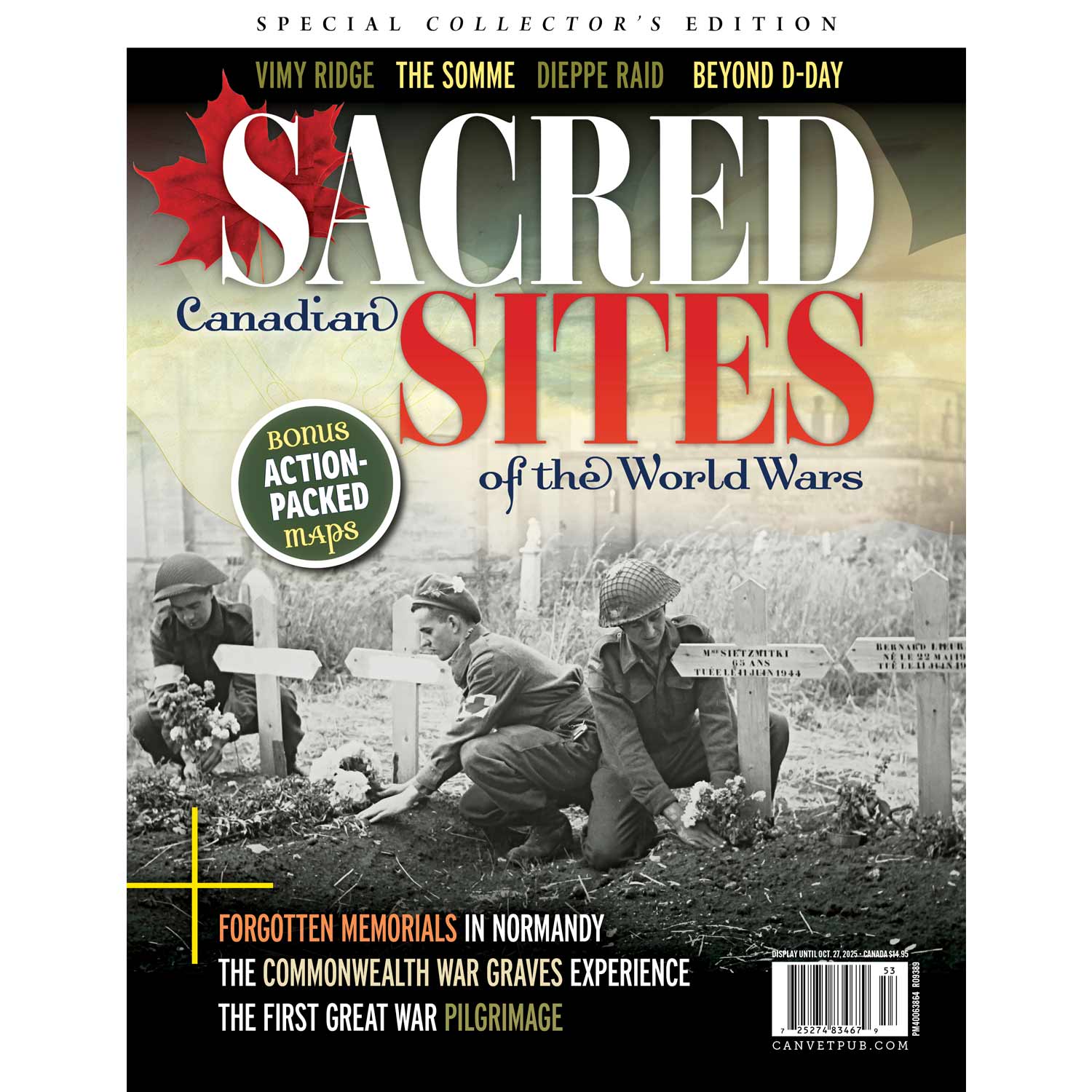
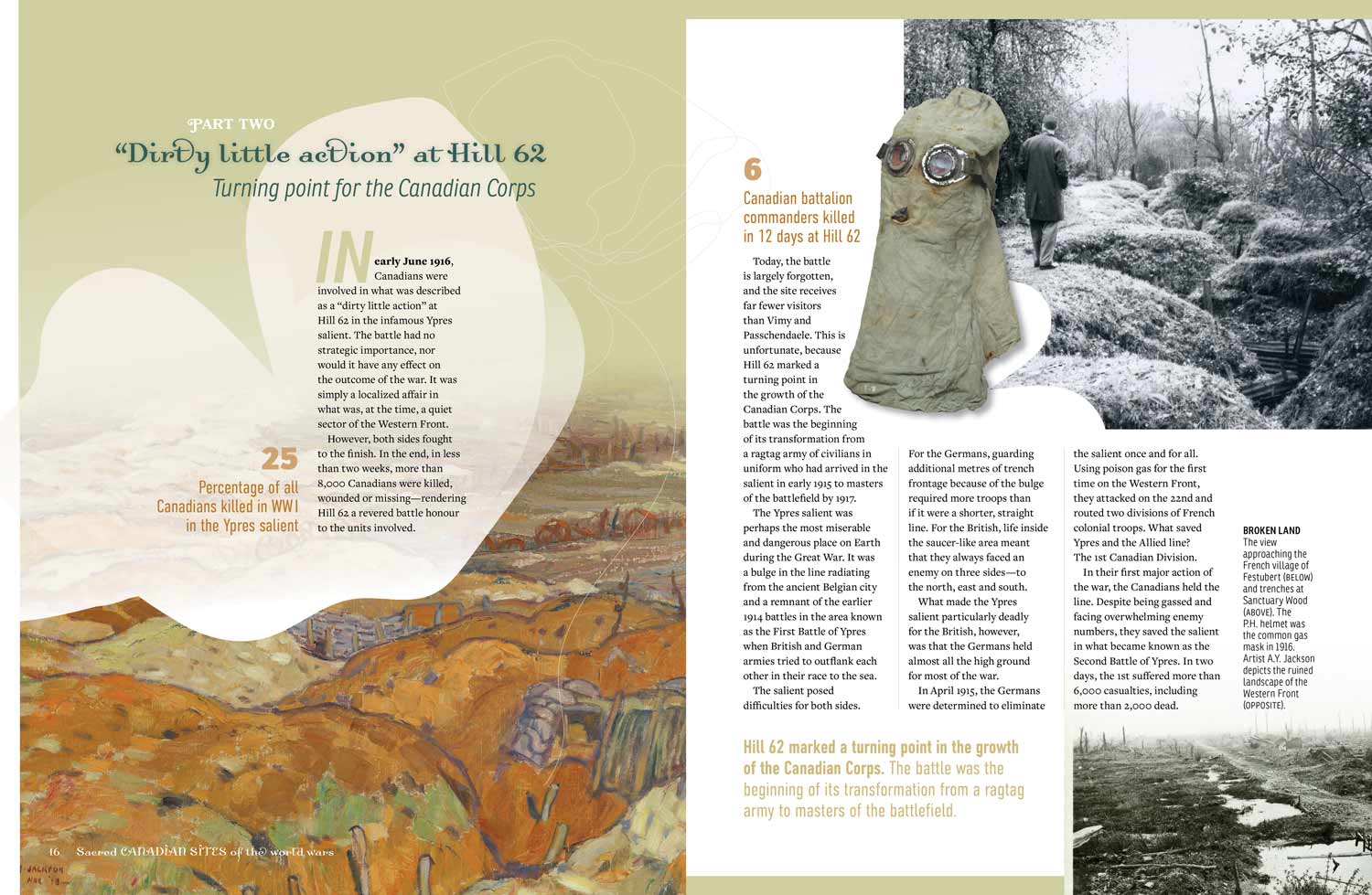
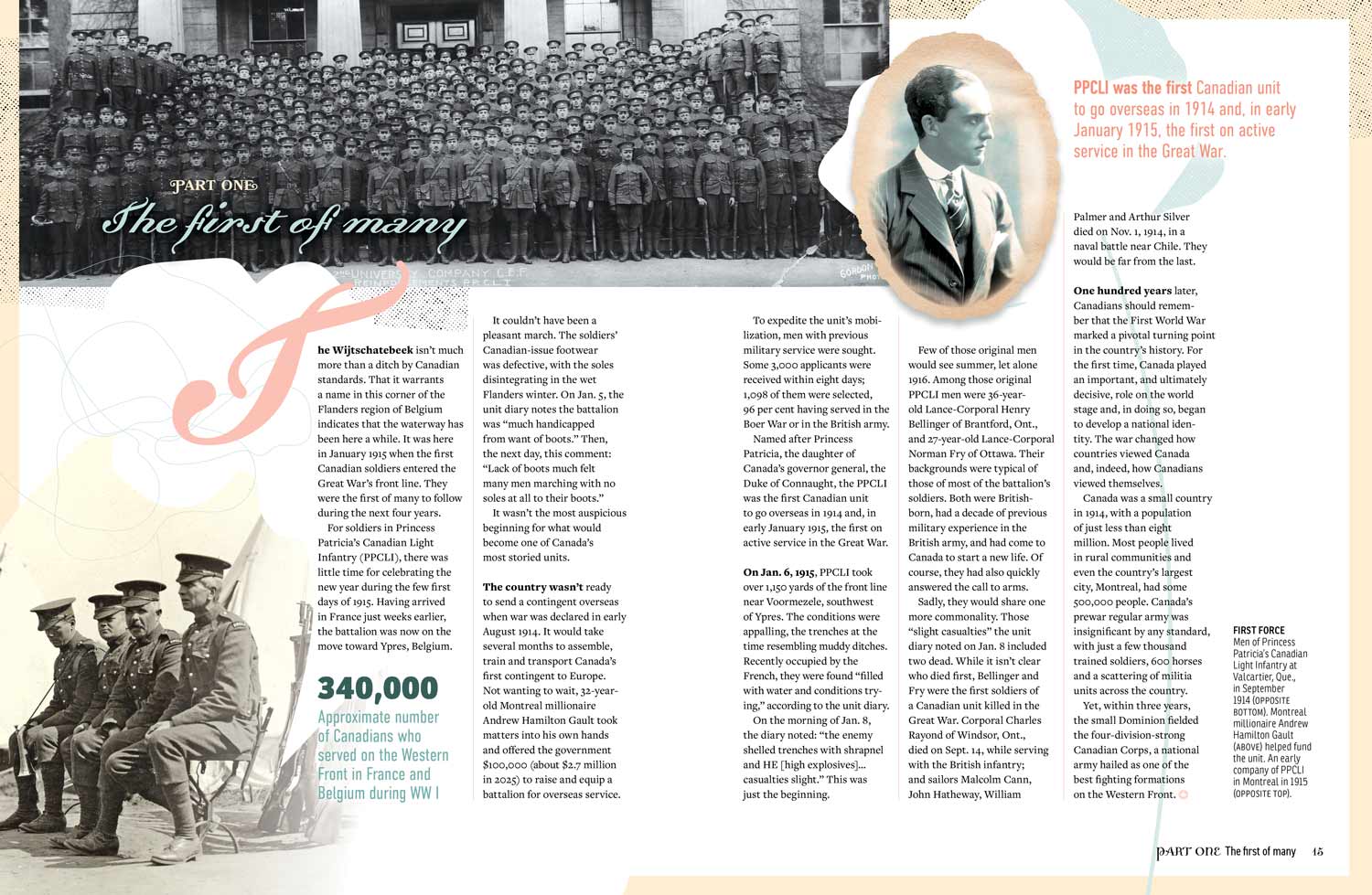
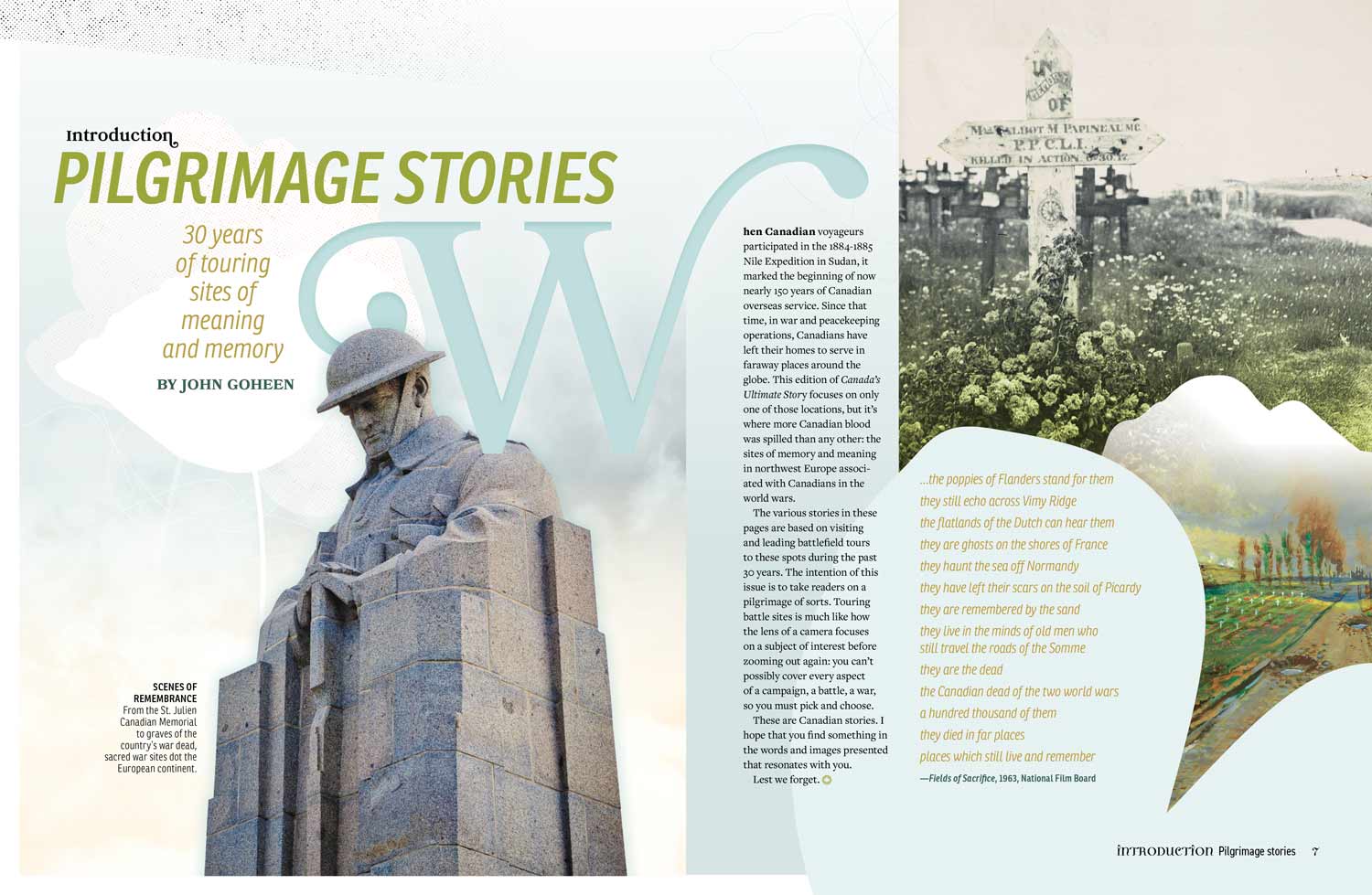


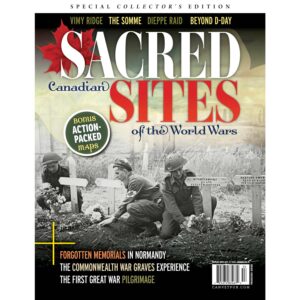
Reviews
There are no reviews yet.